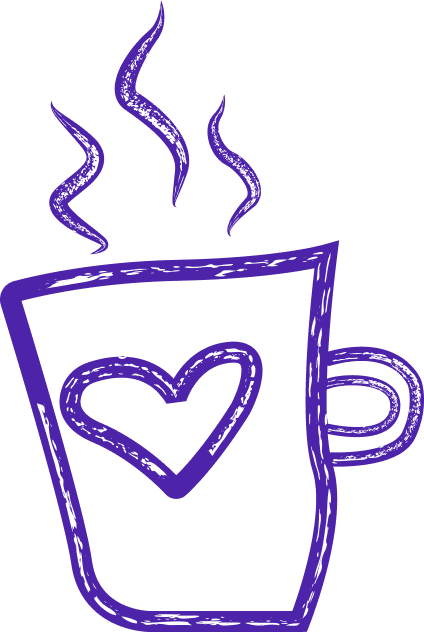
what is user story mapping in agile
User Story Mapping in Agile
In simple terms, user story mapping is a collaborative process that involves breaking down the product's requirements into smaller, manageable units called user stories. These user stories represent the needs, goals, and behaviors of the end-users. By arranging these user stories on a visual board, commonly known as a story map, the team can gain a holistic view of the product's functionality and its intended user experience.
The process of user story mapping typically starts by identifying the various user roles and personas who will interact with the product. Each user role is then associated with a series of user stories that capture their specific requirements and expectations. These user stories are often expressed in a concise and structured format, such as "As a [user role], I want [feature] so that [benefit]."
Once the user stories are defined, the team collaboratively organizes them on the story map, which is usually divided into horizontal rows representing the user's journey or workflow. The vertical axis of the story map represents the priority or importance of each user story, with higher-priority stories placed at the top. This visual representation allows the team to understand the flow of the product and identify any gaps or missing features.
User story mapping is a dynamic process that encourages continuous refinement and iteration. As the team gains more insights and feedback from stakeholders, they can update and reprioritize the user stories on the story map accordingly. This iterative approach helps in adapting to changing requirements, emerging user needs, and evolving market dynamics.
One of the key benefits of user story mapping is that it fosters collaboration and alignment within the development team and with stakeholders. By involving all relevant parties in the process, such as product owners, designers, developers, and testers, user story mapping ensures that everyone has a shared understanding of the product vision and goals. This shared understanding reduces misunderstandings and promotes efficient decision-making throughout the development lifecycle.
Furthermore, user story mapping enables the team to identify the Minimum Viable Product (MVP) by focusing on the core features and functionalities that deliver the most value to the users. By visualizing the user stories on the story map, the team can prioritize the essential features and plan the product roadmap accordingly. This approach helps in delivering a usable and valuable product incrementally, allowing for early feedback and validation from users.
In conclusion, user story mapping is a valuable technique in Agile development that facilitates collaboration, prioritization, and visualization of the product's requirements. By breaking down the product into user stories and arranging them on a story map, the team can gain a comprehensive understanding of the user's journey and deliver a product that meets their needs effectively. This iterative and collaborative approach promotes agility, adaptability, and customer-centricity, leading to the successful development of high-quality software products.
Let’s build your next digital product — faster, safer, smarter.
Book a free consultationWork with a team trusted by top-tier companies.








